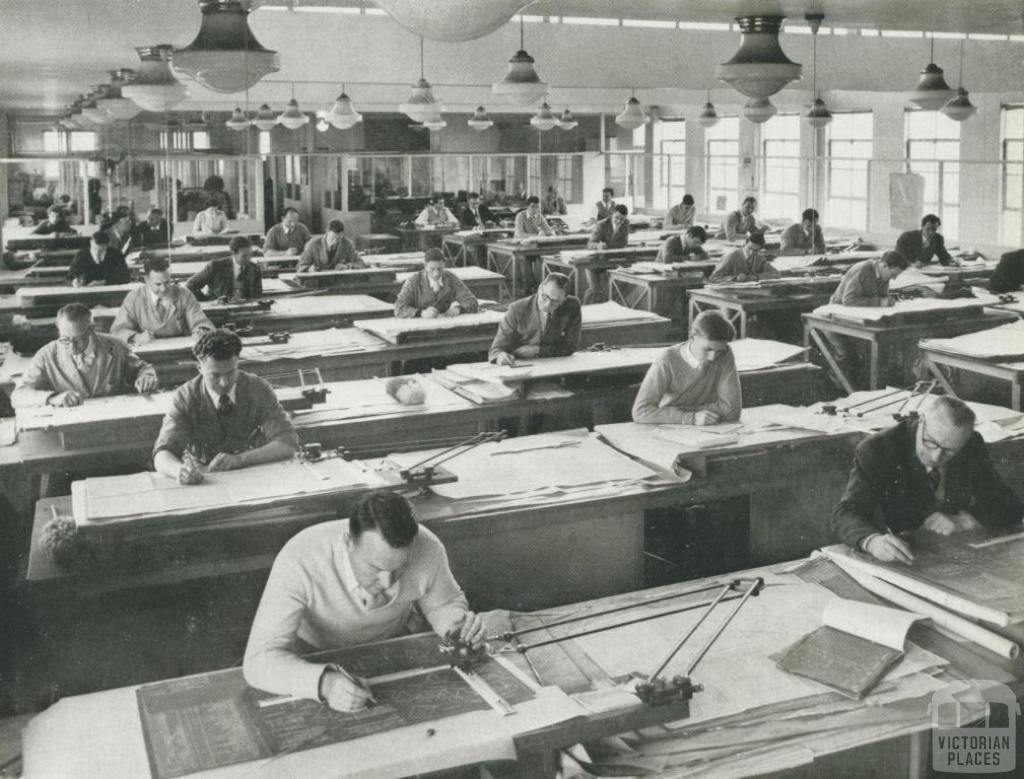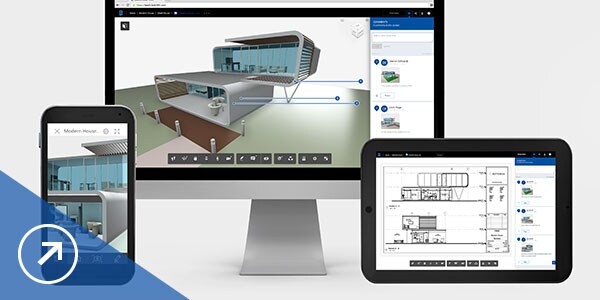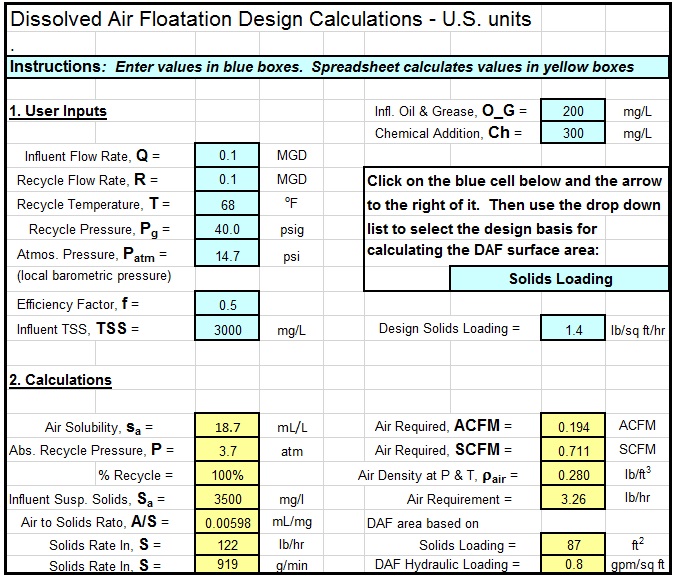It has been a while since I've blogged, perhaps because I don't feel like I had anything original to say since last time?! What I have been pondering of late is the topic of resilience (or
resiliency if you prefer.)
What is Resilient Wastewater Treatment?
Resilience isn't a
new topic in the world of water, but having moved to Houston, Texas a couple of years ago it's certainly a
hot topic in this part of the world. Interestingly the notion of resilience became a big deal in Texas in the area of water supply through the
2011-2015 drought and indeed where you hear the term most is in relation to being able to provide a robust water supply no matter what the weather may not bring. Then along came
Hurricane Harvey and all of a sudden all the talk about resilience that had been focused on
lack of water was faced with dealing with
too much water! So for water resources, the topic of resilience is tied to dealing with too much or too little water. But what about resilience in the context of wastewater treatment?
There are many definitions for resilience, but a simple and useful one I found comes right from the Merriam-Webster dictionary: “
an ability to recover from or adjust easily to misfortune or change.” Now breaking this down a little we need to think about what we need our plants to be
resilient against (the "misfortune"), and what
facets or features we need in order to "recover from or adjust easily to" said misfortune, which I'll do in the next couple of sections.
Facing Misfortune
So what misfortunes might our wastewater treatment plants face? The very nature of all municipal wastewater treatment facilities and many industrial facilities is very dynamic, with diurnal flows and loads, seasonal shifts, having to deal with flows no matter what is coming down the pipe and managing all of this even if pieces and parts of the plant break down now and then. None of this could be classed as "misfortune" as it's within the realm of the normal operation of the facility and it's what it's designed to do.
I'd like to suggest 5 potential misfortunes we should consider if we want to make our facilities more resilient:
- Excessive Flows - I guess you could argue that many facilities have a maximum flow above which they're not expected to give full treatment (which is a whole can of worms), but having lived through the deluge of Harvey and having worked on plants with very high "peaking factors" when the rains come, I think this is worth categorizing as a misfortune, particularly as we see more frequent and extreme wet weather in many parts of the world.
- Power Outages - In most facilities, particularly those above a certain size, it's common to have some kind of back-up electricity generation, but even with these, no plant is 100% invulnerable to power outages, and most plants use plenty of pumps and aeration devices that need continuous power in order to function.
- Toxicity (Chemical, biological, or radiological) - Either through mishap, some industry not thinking through the possible impact of dumping off-spec materials, or even some nefarious person seeking to cause mischief, the introduction of too high a load of certain chemicals or biological or radiological agents into a sewer system can cause acute or chronic toxicity to biological treatment systems. I was part of a team that investigated some ways to handle this in a WERF project a few years ago.
- Physical Damage - From someone accidentally dropping a wrench into a mechanism, or something large or sharp finding it's way down the sewer, to the same nefarious individual from misfortune #3 deciding to blow up the poop plant, or even the more likely scenario of an earthquake there are misfortunes that can cause physical damage to the plant and it's equipment.
- Cyber Attack - In the age of the "internet of things" (IoT), no list of potential dangers is complete without thinking about potential cyber attacks. When the North Korean/Chinese/Russian/American hackers get bored with trying to cause mayhem on the more high profile infrastructure like nuclear power plants, they could turn their attention to the more mundane target of a poop plant. Might not be able to persuade Chris Hemsworth to be in that movie though...
Facets of a Resilient Treatment System
OK, so we've thought about potential mishaps that might hit our plant. What features do we want in order to be able to handle them? When I initially thought about this I came up with a list of 7 that included things like simplicity and criticality, but I then boiled it down to just 4, particularly as I thought about the definition of resilience as being able to "recover from or adjust easily to" and in trying to apply the ideas to a wastewater treatment system. So here they are:
- Autonomous - a system that needs little or no attention. It just works on its own.
- Dormancy capabilities - if the system is shut down, there are no problems when it starts up again.
- Rugged - can the process handle extreme conditions outside its normal operation? It may only give partial treatment, but it does not fail completely.
- Flexible (multipurpose) - When
the proverbial does hit the fan, can the system be used for other helpful
things other than what it was designed to do? In an emergency situation it
could be good to have something that has the flexibility to be re-purposed.
Bringing the Ideas Together - Technology Assessment
So, I've thrown out a few ideas and defined some terms. In order to test the usefulness of the ideas, I decided to try scoring different technologies in terms of the the 4 features versus their ability to withstand the 5 potential hazards. The list I chose and the scoring are pretty subjective, but it was a fun exercise. The table below shows my scoring of the features for 16 different treatment technology types on the left side of the table (I used a simple 1 to 5 scale with 5 being good), and then scoring their ability to withstand the various hazard categories on the right side of the table (also scoring from 1 to 5, for bad to best). For the features I combine the scores for each technology into an overall "Resiliency Feature Index" where an index of 1.0 would be perfect; then I created a similar index in combining the scores that I called "Overall Resiliency Index". The result is a pretty color map that doesn't show a whole lot yet (but be patient, there's more...).
 |
| WWTP Resilience Matrix |
Next I took the indices and plotted them against each other to produce the far more intriguing graph below.
Now what do we see? A few things:
- Simpler processes, particularly those that don't use biological treatment, sit in the top right hand corner with a high Resiliency Feature Index and consequently high Overall Resiliency Index (high resiliency zone)
- Biological systems that are the most mechanically complex sit in the bottom left hand corner (low resiliency zone).
- The majority of the processes I selected sit somewhere in the middle of the graph (mid-range resiliency)
None of this is particularly surprising, I don't think, given the way I've defined resilience and in thinking through how each technology might respond to each of the 5 hazard types. It's hard to picture a simple screen or primary clarifier being susceptible to a Cyber attack or chemical attack. And even an excessive flow will get some treatment even if you overload the hydraulics to spilling point. Conversely if you hack into the control system of a BAF or MBR, that's not pretty. Throw some toxic substance into them or push the flows to the extreme and they don't like it!
One last comment from this very rough and ready assessment - mostly just a way for me to think through the ideas and concepts - is in trying to tease out the differences in the mid-range zone which encompasses most of the technologies we use. Something that did stand out to me was that I scored biofilm-based technologies higher, particularly when I think about the impact of excessive flows and power outages. Getting back to my preamble about Harvey and the definition of resilience in Texas shifting to how we deal with extreme wet weather, this makes me think that perhaps treatment technologies such as MBBR and MABR might be a better fit than processes based on suspended growth.
OK, I'm done. I'm happy to argue about my subjective scores over a beer or two, but you're buying!
.jpg)

















